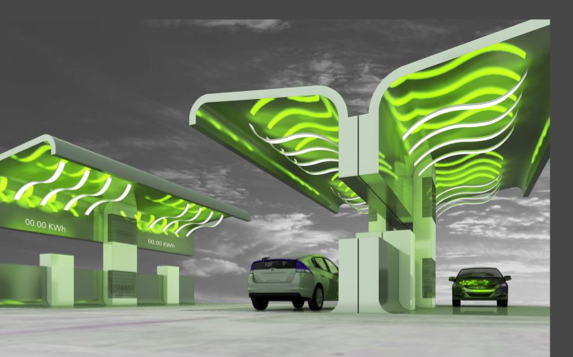Electrification of a race car together with a race car manufacturer


Together with a small and exclusive sports car manufacturer we are defining the prerequisites for an electrical race car for everyday use, are developing the required technologies and combining them with existing and proven applications to build a race car prototype for 24/7 usage.

The very specific challenge of a race car is not dissimilar to other usages where long availability is key and cost savings through small batteries is crucial for economic success. A race car allows to test and improve in a controlled environment.

The prototype is scheduled to be ready in mid-2018. HPC will supply the battery and charging infrastructure to the project. The project will spawn of further developments in battery cooling technology, charging infrastructure options etc.
Together with a car manufacturer and the operator of a fleet we are optimizing the charging infrastructure to suit their logistical profile.
In an Asian metropolis 3000+ vehicles will provide logistical services in a multi-shift operation. Operating cycles of the fleet, boundaries of the urban structural layout and daily power demand determine the requirements fort he charging infrastructure. Fast charging using a DC power supply created benefits in both cars and infrastructure:
Vehicles (cost, weight, and lifespan):
-
- Smaller battery
- No power electronics required to control charging in the car
- Cells with very high charging rates and a very high number of cycles
Charging infrastructure:
- Few charging point can reliably charge a large number of vehicles
- Central hubs allow easier control and maintenance
- High availability of charging hubs in the operational area of the fleet – not restricted to home base
In order to supply the necessary energy safely and independently from the grid, the charging stations will be built with stationary batteries.

Design study: DC-Hub for fleets
Electrification of commercial traffic in a city
Pollution in inner cities caused by internal combustion engines is now exceeding acceptable limits. On the one hand circulation with privately owned cars is declining, but at the same time commercial traffic is increasing. Online purchases, general delivery services and mobile home nursing services are some of the causes of this increase. These fleets make up a large proportion of the total emitted pollution. The daily traveled distance of these vehicles can easily be covered by battery-powered vehicles. A lack of charging stations, multishift usage of the vehicles and the cost sensitivity of these users impedes the conversion of the fleets to emission-free electrical vehicles.
Together with a major European city, we are tackling this issue.
For a clearly defined fleet, we are building a number of DC Hubs (Charging stations) which are connected to the mid range voltage grid. The energy for the mileage travelled is contractually agreed with the operator of the fleets and can be charged at the DC Hubs. In a second stage, these DC hubs will be opened for private, contract-free users.